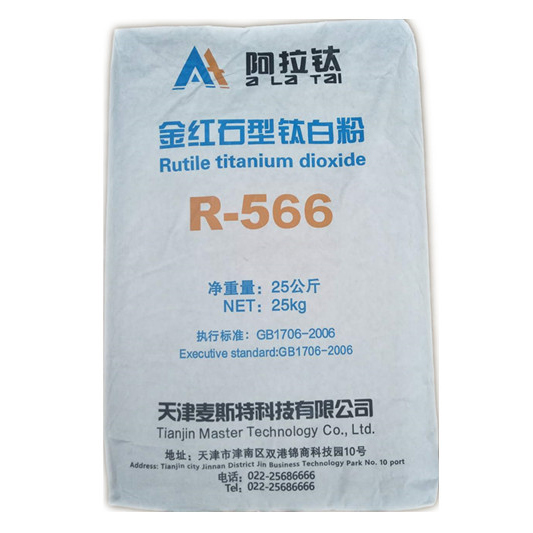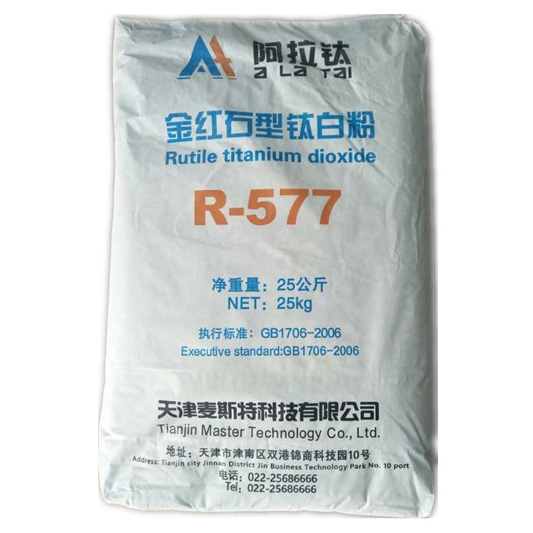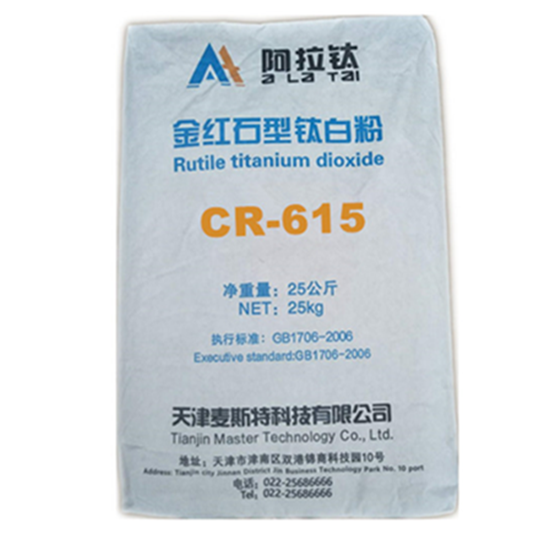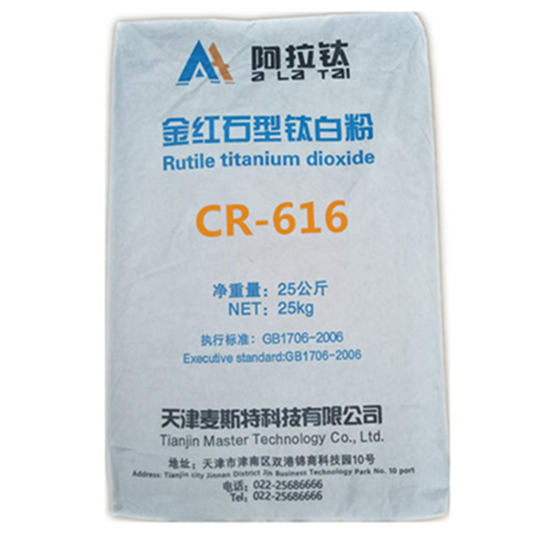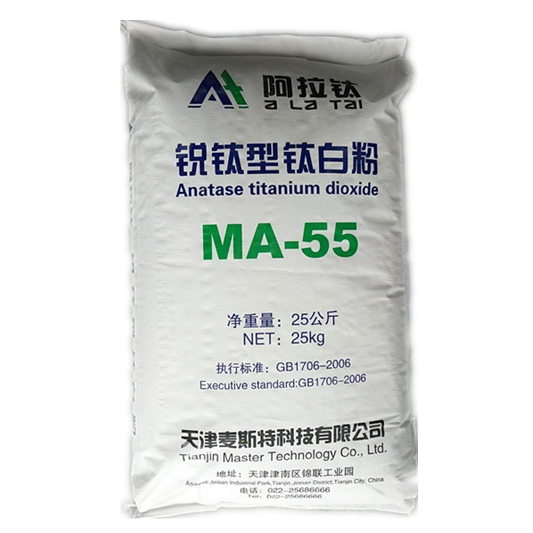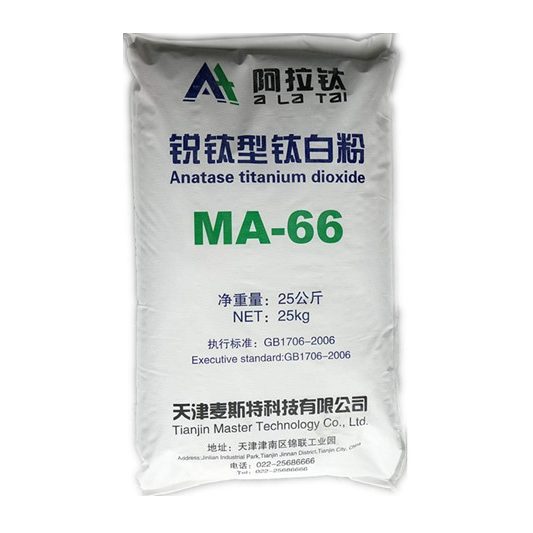新闻中心
Related sections:Brief Analysis of the Development of Global Coatings in 2018
- Font size + -
According to the China Titanium Dioxide Network News, over 30 years of reform and opening up, China’s industrialization and urbanization process has provided opportunities for the rapid development of industrial coatings and architectural coatings. International coating companies have set up production bases in China, and some domestic companies have also emerged. Must own independent R&D technology, coatings production companies that can compete with the international paint giants. The progress in the technological level of the Chinese paint industry can be described as rapid progress. The variety of coatings has also become increasingly rich and perfect, and the paint output has also been greatly improved.
With the shift of global manufacturing to the Asia-Pacific region, the production of coatings in the Asia-Pacific region has been increasing year by year, and it has become the world's largest coating production area. The Asian region has also been a large market for the global paint industry, with a rapid growth rate. Its output accounts for 52% of the world's total output, and its market value accounts for 45% of the total market value. In 2017, the paint production in Asia increased by 5.7%, and the market value increased by approximately 6.3%.
According to the new report, the increase in global paint production in 2018 is expected to be about 3%, and the increase in market value is expected to be about 4.4%, which is slightly lower than that in 2017. In many countries and regions in the world, the industry that is slightly higher than the GDP growth rate is the construction industry. China is the larger paint market in Asia, accounting for 56% of the total market value in the region. The second is India and Japan respectively. Europe and North America are the second and third largest markets in the global coatings industry, respectively, accounting for 19% and 23% of the world's total output respectively; they account for 13% and 18% of the global total market value of coatings respectively. %.
The data shows that due to the strong development of the construction industry, decorative coatings are the fastest-growing varieties of all paints. For example, in 2017, the European construction industry increased by 3.5%, while in China, the increase was as high as 10%, far higher than the GDP growth rate. From this we can see that the rapid development of the construction industry has stimulated the development of the decorative paint market in Europe and Asia.
The analysis pointed out that in 2017, the global paint industry was developing well, and the factors affecting the global paint market mainly included GDP, construction, automobile manufacturing and industrial development. Through the analysis of each factor, it is expected that the global paint market prospects in 2018 are optimistic.
In 2018, the forecast of global industrial development is similar to that of the construction industry. For example, the global industry growth rate in 2017 is about 7.0%, of which China's industry growth rate is 5.5% to 6.5%; the United States is about 1.6%, this year is expected to change little; Europe, about 2%, this year is expected to be 1% to 2% .
Overall, the global paint production growth in 2018 is good, but due to the slowdown in construction and industrial development, it is expected that the increase will be slightly lower than in 2017. The study pointed out that in 2018, the paint market in Asia is expected to have a relatively high growth rate. Among them, the increase in output is about 3.7%, and the market value growth is about 5.4%.
The 2017-2022 construction materials coatings market monitoring and investment feasibility study report stated that at present, China is the world's largest paint producer. According to the statistics of the National Bureau of Statistics and the China Coatings Industry Association, the annual output of industrial enterprises above designated size in the paint industry in 2016 reached 18,989,800 tons, and the total global coating production was about 645,750 tons, accounting for approximately 29.42% of the total global production. In the first place.
However, due to the unbalanced regional development of China and the agglomeration of industries, the regional characteristics of China's paint production are relatively obvious. According to the data from the China Petroleum and Chemical Industry Federation, in 2015, the East China, South China, and Central South regions were the main regions for China's paint production. The output of the three regions was 34%, 22%, and 14%, respectively, and the coating industry gradually showed regions. Agglomeration characteristics.
In recent years, China's waterproof and anti-corrosion coating industry has achieved rapid development. However, most of the waterproof and anti-corrosion coating production companies have weak independent innovation capabilities and have become an important factor that restricts the development of the industry. First of all, China's paints have a weak overall technological innovation capability, lack of systematic and complete research and development, and few original results. They follow the international mainstream technology direction and are not closely integrated with the industry. Second, there are more small and medium-sized enterprises for waterproof and anti-corrosion coatings. The competition among enterprises is fierce. With the rising cost of raw materials, environmental protection and control have gradually increased, which has made the already extremely severe situation more complicated and changeable.
The rough production model led by low-end products has been unsustainable. In the future, China's paint industry will face a period of increasing concentration and frequent acquisitions and mergers. Enterprises with stronger technological advantages and better business models will gradually grow and develop. . Therefore, companies planning to enter the field must have certain technological advantages.
related news
- 2023-02-28
Sep.6th-8th.2023 APCS
- 2019-08-16
18-20.11.2019 Shanghai ,China Coa
- 2019-06-28
Middle East Coatings Show(MECS2019)
- 2019-06-28
CHINACOAT 2018
- 2019-05-31
2019 Chinaplas
- 2019-02-11
Middle East Coatings Show
- 2018-11-02
CHINACOAT 2018
- 2018-07-30
2018 NINGBO INTERNATIONAL PLASTICS&…
- 2018-07-30
ChinaCoatings2018
- 2018-04-11
Titanium dioxide market will reach 17 …
